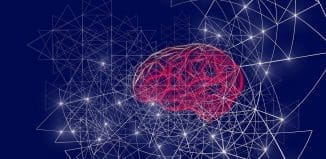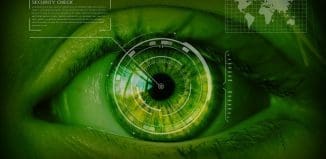Bringing Video Analytics to The Next Level
This post is also available in:  עברית (Hebrew)
עברית (Hebrew)
Over recent years, video analytics technologies have gained a reputation of over-promising and under-delivering in terms of performance. One of the biggest complaints has been its inability to correctly identify objects in situations which appear trivial to the human observer. In many cases, this has resulted in a tendency to generate substantial numbers of false alarms, while not detecting actual events accurately.
Until recently there have been minimal applications of Machine Learning in video analytics products, largely due to high complexity and high resource usage, which made such products too costly for mainstream deployment. However, recently there’s been a tremendous surge in research and advances surrounding a branch of Machine Learning called Deep Learning. Deep Learning, according to sourcesecurity.com, is a name used to describe a family of algorithms based on the concept of neural networks. These algorithms try to emulate the functionality of the brain’s neurons, enabling them to learn efficiently from example, and subsequently apply this learning to new data.
The recent increased interest in Deep Learning is largely due to the availability of graphical processing units (GPUs). GPUs can efficiently train and run Deep Learning algorithms, and have allowed the scientific community to accelerate their research and application, bringing them to the point where they exceed the performance of most traditional Machine Learning algorithms across several categories.
This means that Deep Learning can now be used to solve the most crucial problem facing video analytics – object classification. To achieve required accuracy rates, a vast database must be collected and identified from actual surveillance footage. Once enough images are collected, a Deep Learning classifier algorithm can be trained and deployed as part of a video analytics solution, enabling it to practically eliminate most of the existing causes for false alarms.
Due to GPU requirements in order for the algorithms to run efficiently, video analytics solutions using Deep Learning will initially need to run on a server. A few solutions of this nature are already available and showing a dramatic leap in performance in comparison to traditional video analytics, with a drastic reduction in false alarm rates and a significant increase in detection accuracy.
Basic classification and false alarm reduction are the first applications of Deep Learning for video analytics, but they are by no means the only ones. In the not-too-distant future, we will see Deep Learning enabling as yet not possible video analytics applications, such as identifying objects carried by people, such as a gun, handbag, or a knife, or being able to quickly find people and vehicles with similar appearances across multiple cameras and more.Over the next few years, we will see a transition of video analytics using Deep Learning running on servers, to running inside cameras, as powerful, low-cost hardware capable of running Deep Learning becomes more available and a basic function of newer surveillance camera models. This will push the acceptance of video analytics even further, eventually making it a fundamental element of every surveillance camera deployed.





























